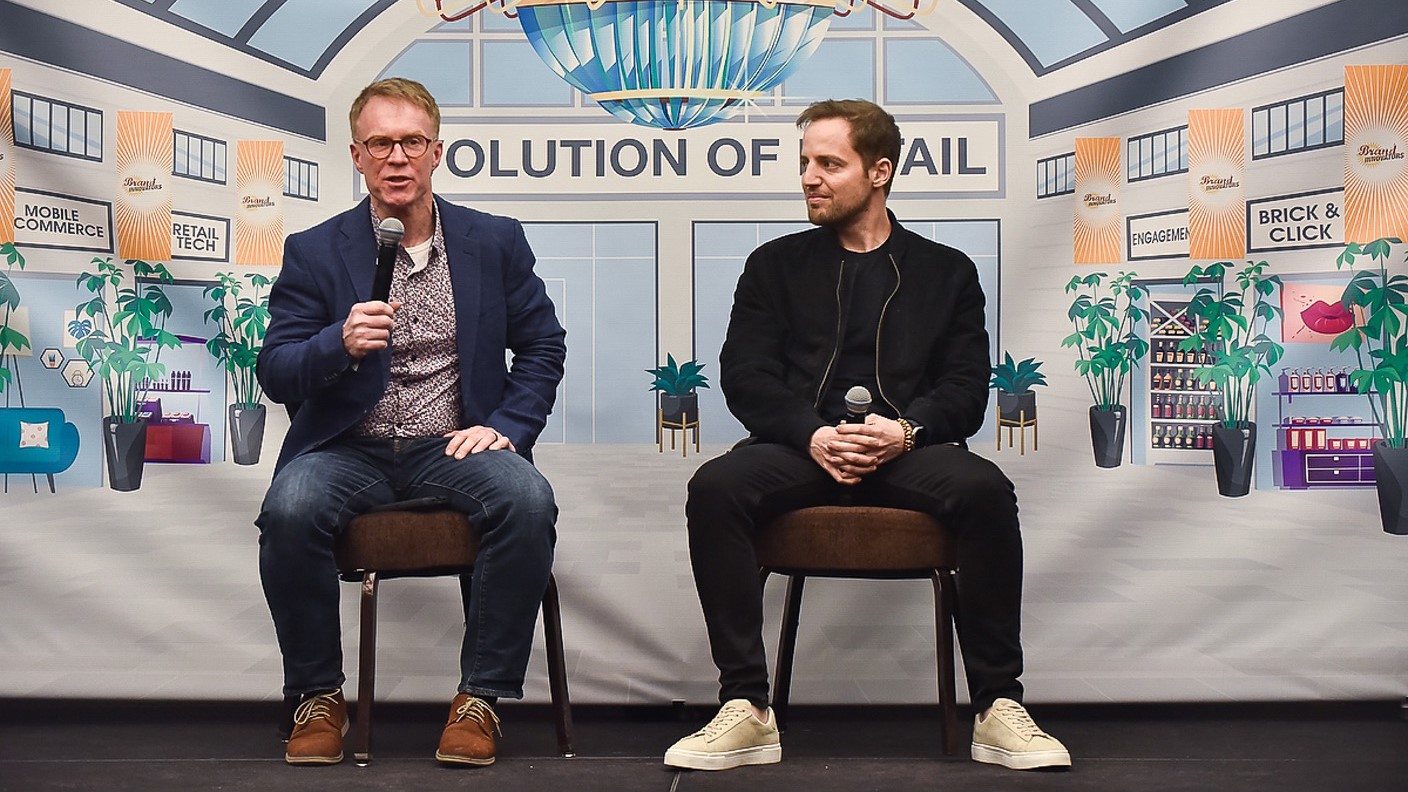Quad is helping to drive the conversation about the future of marketing. At the Brand Innovators Evolution of Retail Summit held during Shoptalk in Las Vegas in late March, Quad VP of Strategic Sales Marcus Lancaster led a fascinating one-on-one conversation with Ben Yahalom, President of True Classic, a global menswear brand that started in Calabasas, Calif., as a direct-to-consumer T-shirt company in 2019. The title of their fireside chat offers a hint of just how wildly successful True Classic has been since its launch: “How We Bootstrapped True Classic From 0 to 9 Figures in 2 Years Profitably.”
You can watch their full conversation in the video embedded below, but to start with, here’s a key excerpt from their conversation:
Marcus Lancaster: Your target audience is men. What were the vehicles you used to target those customers, and how is your audience evolving as you’re growing so rapidly?
Ben Yahalom: Our TAM, or total addressable market, is very broad — we’re very inclusive by nature, we’re not fashion-forward, we sell essentials, core staples. And even if you’re not the guy wearing it, we actually have a very substantial group of customers who are females who buy for, fill in the blank, significant other, dad, brother, nephew. So, we have always targeted very, very broadly, because we truly believe that our products can sit in pretty much anybody’s wardrobe. And we also were very inclusive in sizing. So, we went all the way from small to 3XL, now we’re developing 4XL, and we’re really trying to make everybody, irrespective of their body type, look good and feel good.
That really was a big advantage for us because what it allowed us to do is advertise very, very broadly. We were able to find product market fit with just a lot of different types of segments and consumers out there. And if you think about some of the industry challenges — the most recent ones in the shape of iOS 14 or the evolving privacy landscape — we weren’t really impacted by that to the same extent that some others have because we are not in a niche market. We really can attract and retain almost anybody.
Lancaster: One of the questions that we run into with the brands that we engage with is many times direct-to-consumer brands reach an inflection point where Meta alone isn’t the path to the next customer. So, they’ve really expanded an omnichannel presence. You’re doing that now. Can you tell us a little bit about how you’ve approached that, and also how you’re measuring it?
Yahalom: We started on Meta, and we grew and tried a lot of different channels, right? So, Google and YouTube and TikTok and podcasts and direct mail and TV — name a channel, we’re either running on it or tried it in the past. Affiliates, influencers, programmatic…
The measurement piece is actually pretty critical, because that’s the absolute foundation of our strategy. And what we do is — or the saying that we kind of follow — is that wherever performance goes, budget flows. We don’t play favorites when it comes to what channels we advertise on. Every channel needs to prove themselves.
And we also don’t look at it so much from a mix [perspective], as we look at it as, How can I maximize the opportunity presented to me on any given channel, and spend up to a point where it doesn’t make sense to spend any more marginally?
The excerpt above has been lightly edited for clarity and space.



